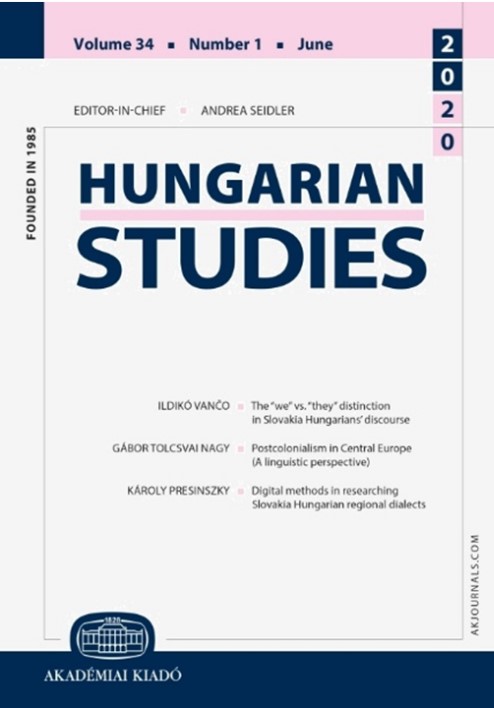How to write History (?) The Rerum Ungaricarum libri and Neo-Latin historiography in Hungary in the 16th century
How to write History (?) The Rerum Ungaricarum libri and Neo-Latin historiography in Hungary in the 16th century
Author(s): Gábor PetneháziSubject(s): 16th Century
Published by: Akadémiai Kiadó
Keywords: history of Hungary and Habsburg Empire; republic of letters; humanist historiography
Summary/Abstract: Gian Michele Bruto (Brutus) (1517–1592) wrote his monumental history of Hungary from 1574 until his death. The Rerum Ungaricarum libri was the story of Hungary's decline and fall in the 16th century, written in a single narrative. According to the plans of its original commissioner, the Transylvanian prince and Polish king Stephen Báthory (1571/76–1586), it was meant to provide a political counterweight to the narrative of the court of Vienna and to represent an independent, constitutional Hungary to the European public. Although a version of the work had certainly been completed by 1584, it was not published during Báthory's lifetime. In 1587, Brutus first entered into Habsburg service, then at the end of 1591, having been informed his work was to be published there, he travelled to Transylvania. He died in Gyulafehérvár (Alba Iulia, RO) in May 1592. The Transylvanian court was still planning to publish the work in the 1590s: the Transylvanian historiographer István Szamosközy (1570–1612) brought Brutus' manuscripts into a publishable condition and also wrote a continuation of it (Rerum Ungaricarum libri IV) – but this publication was never realised either. The first edition of the work appeared in print only in the 19th century in the series Monumenta Hungariae Historica Scriptores. The text of that edition was edited by Ferenc Toldy (1805–1875) on the basis of two highly damaged and mutilated 16th-century manuscripts and contained not quite thirteen books of the original work. In 2020 an almost complete manuscript of twenty books (fully annotated by the author himself) was discovered in the Diocesean Library, Trent. The philological analysis of the three separate manuscripts now available has allowed four different editing stages to be distinguished, three of which are attributed to Brutus and the fourth to István Szamosközy. In addition to a philological comparison of the manuscripts, this article traces the fascinating history of the Rerum Ungaricarum libri in its political and literary context.
- Issue Year: 38/2024
- Issue No: Spec.Issue
- Page Range: 34-54
- Page Count: 21
- Language: English
- Content File-PDF

